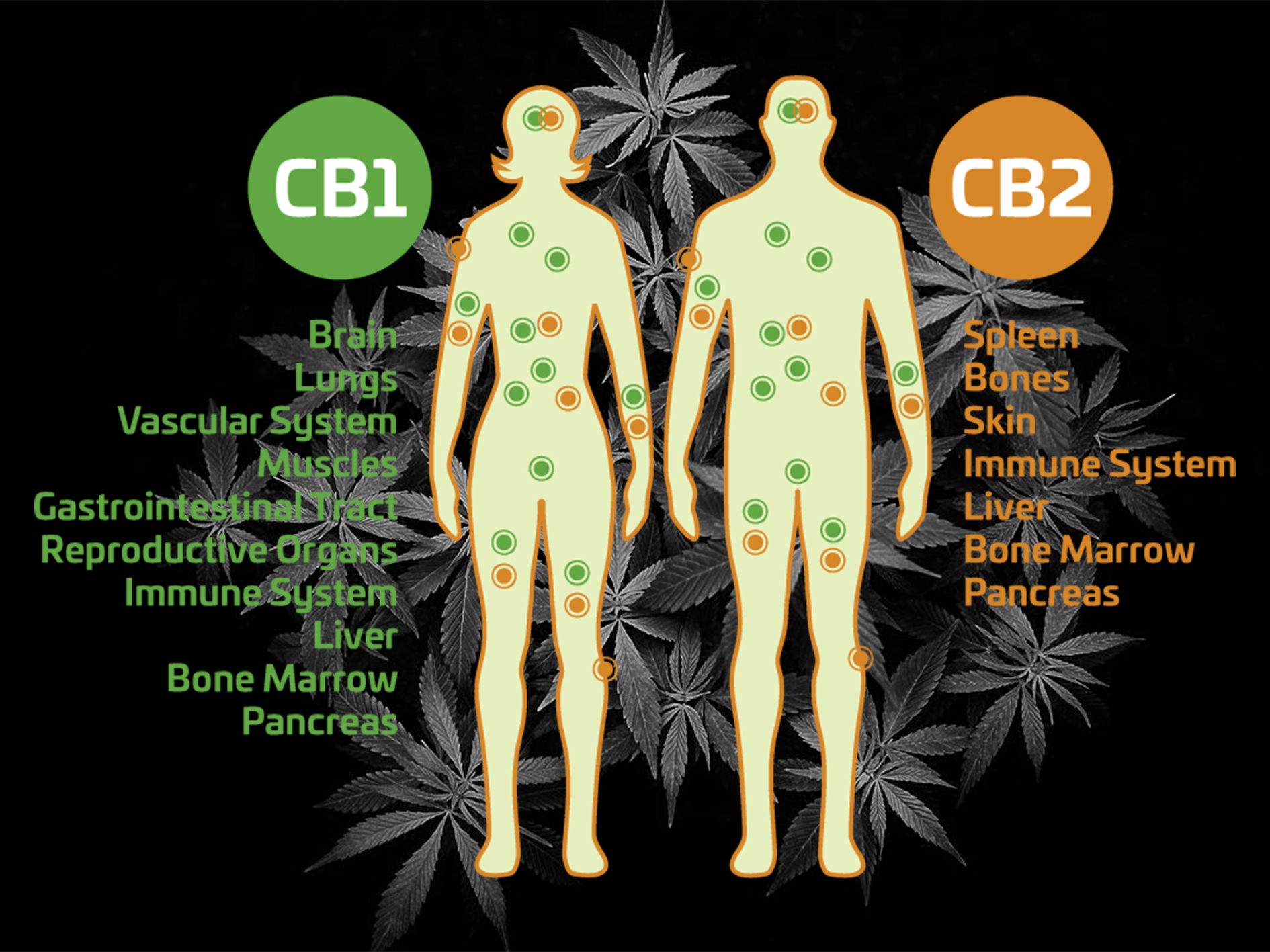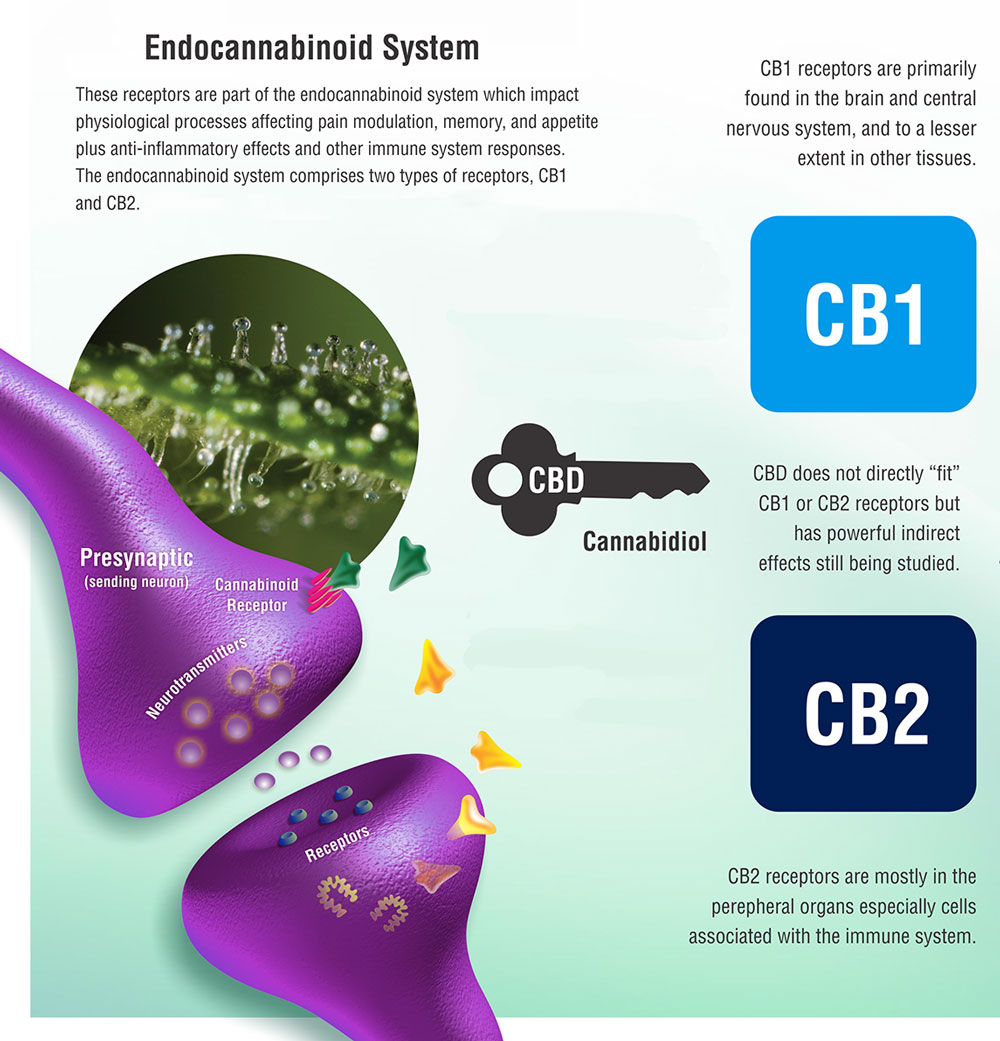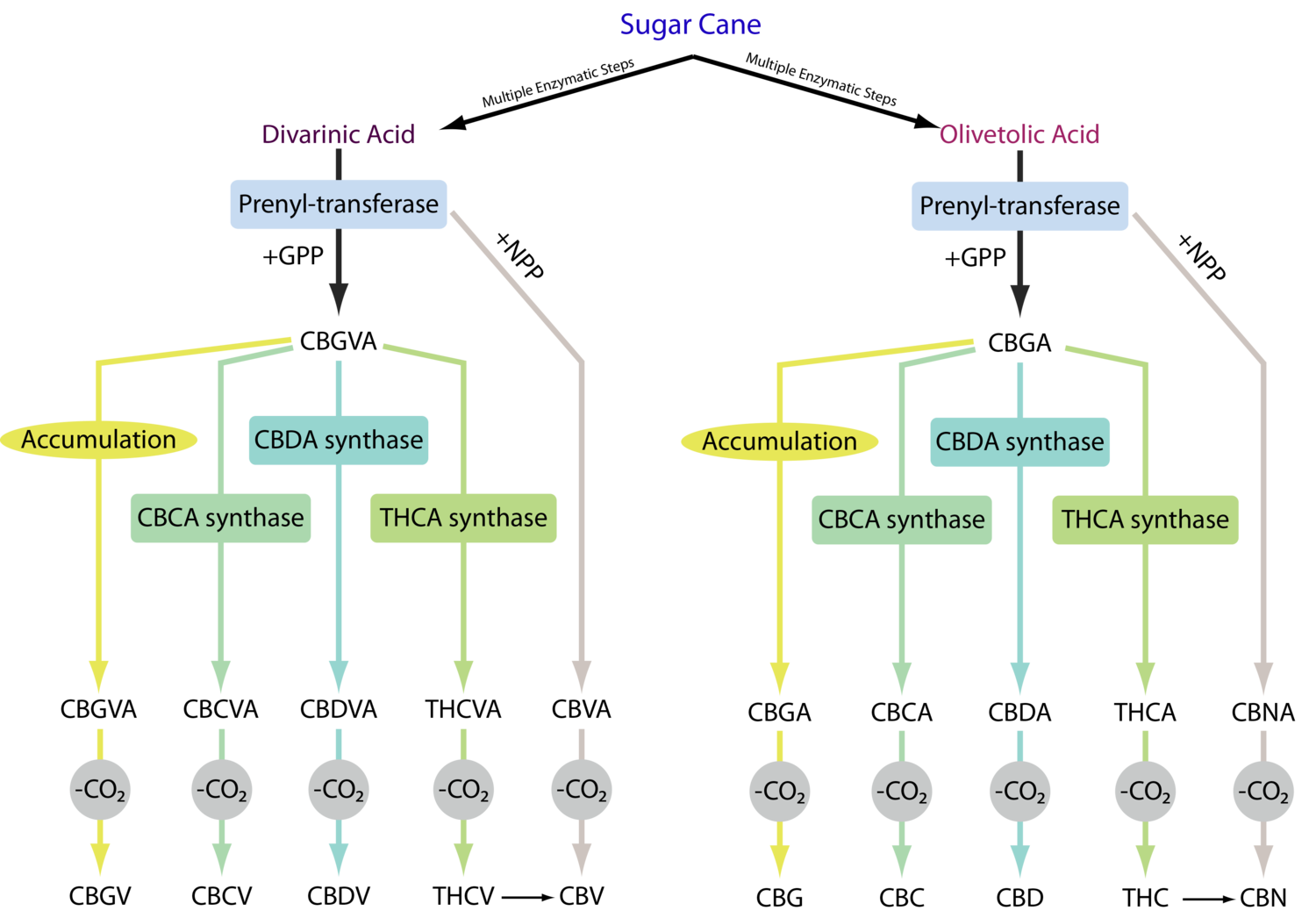Decoding the Secrets of the Endocannabinoid System
There is currently a debate in the UK there on the impact of medical cannabis and cannabinoids.
Though this discussion is important, it is overlooking the real medical marvel that is the endocannabinoid system and the significant therapeutic potential that the Endocannabinoid System (ECS) offers.
Prior to the synthesis and identification of Tetrahydrocannabinol (THC) in 1964, the scientific community had no idea how or why cannabis worked.
Initially, it was thought that cannabis compounds, such as THC or Cannabidiol (CBD), acted in a non-specific manner attaching to the outer walls of human cells. Little did we know that in 1988 we would discover the tip of the iceberg, the Cannabinoid receptor 1 (CB1).

The discovery of this novel receptor prompted the investigation into the internal molecules mediating the function of CB1 in the human body.
Studies by American researcher Howlett, et al, in 1990, and by Pacher, Bátkai, and Kunos in 2006, identified the endogenous molecules now known as endocannabinoids.
The molecular cloning of the cannabinoid receptor 1 in 1990 by Matsuda, et al, gave scientists the ability to produce synthetically compounds that could specifically target cannabinoid receptors. Receptors in the body act much like a light switch that can be turned on and off.

Using pharmaceutically engineered molecules researchers were able to use a process of elimination by activating and deactivating receptors in to explore their effects.
This seemingly insignificant discovery has led to the identification of an entirely new and previously undiscovered regulatory system, the Endocannabinoid system (ECS).
The discovery of this system promises to change our entire understanding of disease and has given a new impetus to 21st-century medicine.
Though our understanding of the ECS is still in its infancy, it is already abundantly clear to scientists that this intricate regulatory system controls the activity of all cells within the body and in principle has the potential to revolutionize our interpretation of health and disease.
So what is the endocannabinoid system?
Initially, it was thought it comprised only two receptors (cell light switches) the Cannabinoid Receptor 1 and 2 (CB1 and CB2). This could not have been further from the truth.
Little did we know, the human body produced its own molecules, now known as endocannabinoids, that interact with these cannabinoid receptors so as to regulate the functionality and health of individual cells.
These internal endocannabinoid molecules that naturally occur universally within all mammals are chemically identical to the phytocannabinoids such as THC and CBD that are found in the Cannabis plant.
Interestingly, we only discovered these internal molecules as the result of efforts to understand why cannabis produced psychoactive effects.
The realisation that cannabinoids existed in the human body enabled us to provide a clear picture of the main elements of the endocannabinoid system.

This system is made up of three simple components.
Firstly, the naturally occurring endocannabinoids are synthesized when needed and digested when no longer required. This process of synthesis and digestion is performed instantaneously by a specific set of enzymes that control the quantities of endocannabinoids within the body.
Enzymes are found throughout the body and act as a biological machine that facilitates the vital chemical reactions that take place constantly throughout the body. Enzymes in the gut allow the body to digest nutrients and food and convert them into molecules that the body can use.
Similarly, we have enzymes that specifically breakdown endocannabinoids into smaller molecules and reproduce them when they are needed. These enzymes regulate the quantities of endocannabinoids in the body which in turn alters the strength and regularity of signals received by the receptors of the endocannabinoid system.

When an endocannabinoid activates a cannabinoid receptor a variety of chemical changes occur within those cells and tissue and results in profound effects on features such as appetite, mood, blood pressure, and the immune system.
Every process within the body is controlled in some way by these three components of the endocannabinoid system and for this reason, we often see that this coordinated regulation is damaged or becomes faulty in some way during disease states.
The ratios of these three components are constantly changing dynamically and are altered by the body according to our specific needs.
“More importantly, modulating the activity of the endocannabinoid system turned out to hold therapeutic promise in a wide range of disparate diseases and pathological conditions, ranging from mood and anxiety disorders, movement disorders such as Parkinson’s and Huntington’s disease, neuropathic pain, multiple sclerosis and spinal cord injury, to cancer, atherosclerosis, myocardial infarction, stroke, hypertension, glaucoma, obesity/metabolic syndrome, and osteoporosis, to name just a few.”
– Pacher, et al, 2006.
Our knowledge of the underlying principles of this system provides us with an opportunity to utilise eventually this intricately balanced process for specific therapeutic purposes.
This balance is almost always compromised in most diseases causing the body to lose control of its regulatory processes.
The importance of this cannot be understated.
The human body is an intricate machine that is constantly making minute molecular changes to maintain a carefully balanced and equilibrated state known as homeostasis.
This same principle applies to the ECS.
In healthy humans, the endocannabinoid tightly regulates the bodies many systems maintaining a smooth-running “well-oiled “machine.
In disease states, such as cancer, for example, the intricate regulatory system that is the endocannabinoid system is disrupted and resulting in an unbalanced regulatory process.
In colorectal cancer, for example, studies have demonstrated that colorectal cancer tumor cells have fewer CB1 receptors and overproduce CB2 receptors.
Further studies have demonstrated that these tumour cells, with their altered expression, respond positively to cannabis-based therapeutics, though we are far from understanding why. As yet we are merely exploring the potential of these findings but as our understanding develops, we will one day decode unravel the puzzle that is the endocannabinoid system.
As our knowledge matures, we will develop the ability to target and manipulate the endocannabinoid system to the therapeutic benefit of millions of people.
This key system has the potential to reshape medicine as we know it allowing the invasiveness of medical treatments to be reduced. The significance of the ECS is that one day it may be possible to utilise the endocannabinoid system as a medical tool to manipulate the body into treating itself, removing the need for invasive surgical procedures and highly toxic treatments.
In a manner similar to that used by a computer technician to re-programme PC software to make it quicker and more user-friendly, we will one day be able to decode a person’s endocannabinoid system and manipulate it to alleviate suffering.
If you are fortunate enough to take part in some form of medical cannabis debate or discussion, then speak carefully but knowledgeably of the ECS and consider for a moment the potential it has to change one’s life or that of a loved one.
References and further Reading
Howlett, A. C. et al. (1990) ‘The cannabinoid receptor: biochemical, anatomical and behavioral characterization.’, Trends in Neurosciences, 13(10), pp. 420–3. Available at: http://www.ncbi.nlm.nih.gov/pubmed/1700516 (Accessed: 16 September 2018).
Pacher, P., Bátkai, S. and Kunos, G. (2006) ‘The Endocannabinoid System as an Emerging Target of Pharmacotherapy’, Pharmacological Reviews, 58(3), pp. 389–462. doi: 10.1124/pr.58.3.2.
